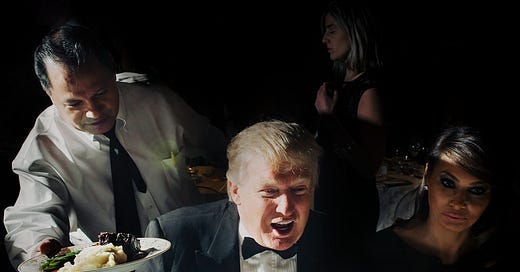A Photograph is Not an Endorsement
Why Snap Judgments Are the Enemies of Good Photography
Welcome to In the Flash, a reader-supported publication about intent and creativity in photography.
One of my favorites assignments of 2023 was a remote portrait shoot for NYTMag’s Space Issue, profiling people who are sending their ashes to space after they die. It was a quirky and heartwarming story with a twang of absurd humor. The website slogan of Celestis, the company that makes such posthumous space travel possible, states — “Make the dream of spaceflight a reality.”
I approached the portraits with curiosity and empathy. All the people that I’ve met for the story (remotely, over zoom) were unique and lovely — a retired physics professor, a space educator, an aerospace engineer/Star Trek enthusiast, and a former fire fighter who wanted to be reunited with his deceased wife in the vacuum of space. I fell in love with each and every one of those subjects, and I was sure the reader would as well. I was wrong.
When the New York Times shared the story and photos, the negativity of the comments, both on social media and under the article on the magazine’s website, was overwhelming.




